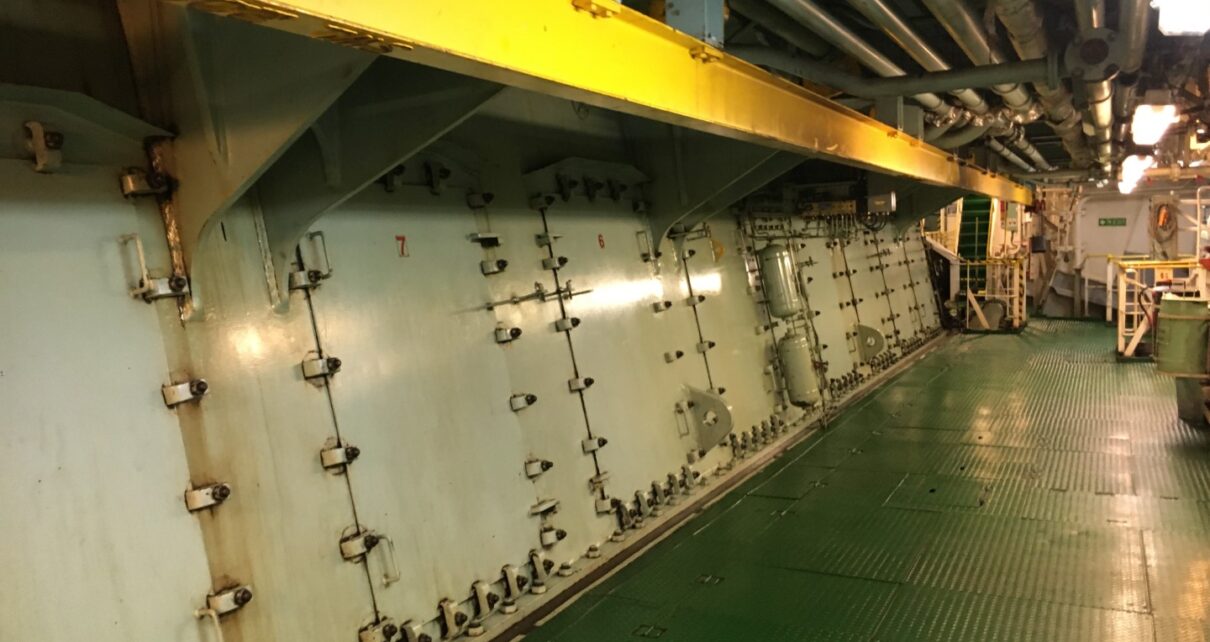Ship Energy Efficiency Management Plan (SEEMP) Part 2 is the complementary component to SEEMP Part 1 and is designed to further enhance the energy efficiency of ships. In this article, we will explore SEEMP Part 2, its purpose, key components, and how it contributes to more sustainable and environmentally responsible maritime practices.
Purpose of SEEMP Part 2
Part 2, also known as SEEMP for Ships, builds upon the foundation laid by SEEMP Part 1 by providing a more detailed and comprehensive approach to energy management. Its primary purpose is to help shipowners and operators develop and implement a structured energy management system that targets energy efficiency improvements and emissions reduction. SEEMP Part 2 aligns with global efforts to mitigate the environmental impact of shipping and comply with international regulations.
Components of Ship Energy Efficiency Management Plan Part 2:
1. Introduction: SEEMP Part 2 begins with an introduction that outlines the overall goals and objectives of the plan. It emphasizes the importance of energy management as an integral part of responsible maritime operations.
2. Responsibilities: This section defines the roles and responsibilities of individuals and teams involved in implementing SEEMP Part 2. It clarifies who is accountable for various aspects of energy management, including data collection, analysis, and decision-making.
3. Energy Efficiency Management System (EEMS): The heart of SEEMP Part 2 is the establishment of an Energy Efficiency Management System (EEMS). This system is designed to systematically identify, implement, and monitor energy efficiency measures on the vessel. It includes procedures for setting targets, collecting data, and assessing the effectiveness of measures.
4. Data Collection and Analysis: SEEMP Part 2 emphasizes the importance of accurate data collection and analysis. Shipowners and operators are encouraged to collect data related to fuel consumption, energy usage, and emissions. Data analysis helps identify areas where improvements can be made.
5. Energy Efficiency Measures: Similar to SEEMP Part 1, Part 2 provides a comprehensive list of energy efficiency measures that can be adopted. These measures may cover various aspects of ship operations, including propulsion, hull maintenance, and onboard systems.
6. Documentation and Record Keeping: Proper documentation is essential for tracking progress and ensuring transparency. SEEMP Part 2 requires the recording of all energy efficiency measures taken, deviations from the plan, and the results of energy-saving initiatives.
7. Monitoring and Review: Regular monitoring and review of the EEMS are crucial for its effectiveness. Shipowners and operators should assess whether the set targets are being met and make necessary adjustments based on performance data.
8. Continuous Improvement: It promotes a culture of continuous improvement. Feedback from the ship’s crew and management is essential for refining energy management practices and achieving better energy efficiency outcomes.
Benefits of Ship Energy Efficiency Management Plan:
Implementing Part 2 offers several advantages for the maritime industry and the environment:
1. Enhanced Energy Efficiency: The structured approach of SEEMP Part 2 leads to more significant energy efficiency improvements, resulting in reduced fuel consumption and operational costs.
2. Emissions Reduction: By optimizing energy use, ships can decrease greenhouse gas emissions, contributing to a cleaner and greener maritime sector.
3. Regulatory Compliance: It aligns with international regulations, such as the Energy Efficiency Existing Ship Index (EEXI) and the Ship Energy Efficiency Management Plan (SEEMP) guidelines by the International Maritime Organization (IMO). Compliance with these regulations is essential to avoid penalties and maintain a positive industry reputation.
4. Environmental Stewardship: Shipowners and operators demonstrate their commitment to environmental stewardship and sustainability, which is increasingly important in today’s global context.
5. Operational Excellence: It can lead to operational excellence by improving the overall performance of vessels and reducing operational risks.
In conclusion, SEEMP Part 2, or SEEMP for Ships, serves as a comprehensive energy management system for the maritime industry. It enhances energy efficiency, reduces emissions, and promotes responsible maritime practices. By implementing SEEMP Part 2, shipowners and operators can navigate toward a more sustainable and environmentally responsible future while complying with international regulations and improving their operational efficiency.



